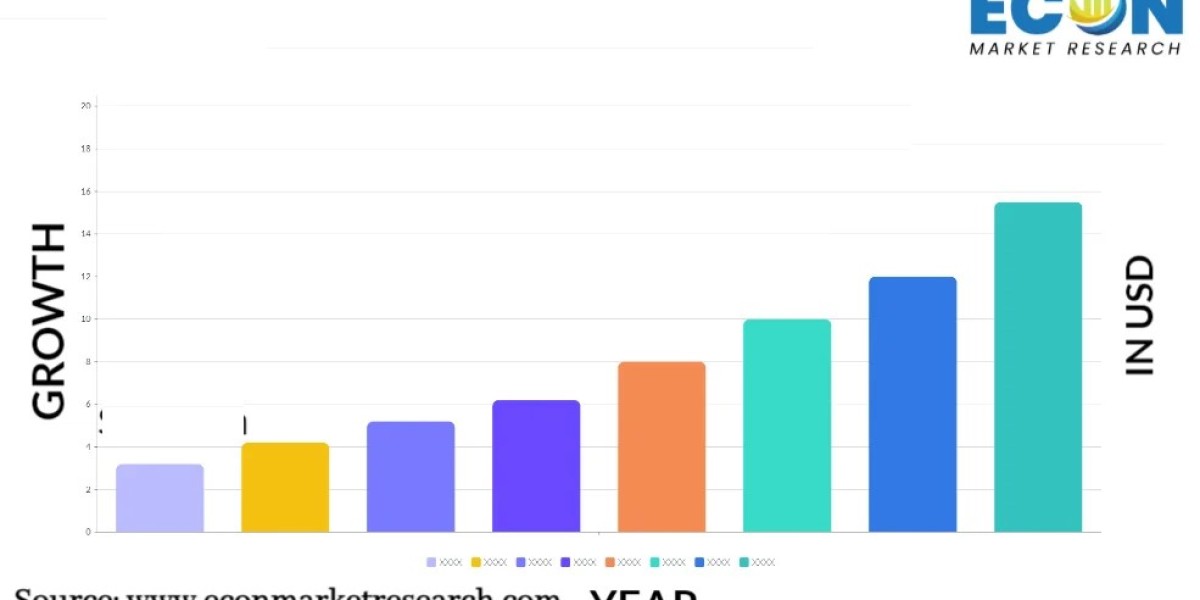Coating equipment plays a crucial role in modern manufacturing across a wide range of industries, including automotive, aerospace, electronics, healthcare, and construction. This equipment is used to apply coatings to surfaces for various purposes, such as improving product durability, enhancing aesthetic appeal, or providing protection against corrosion, wear, and other environmental factors. The precise application of coatings is essential for ensuring product quality and performance, making coating equipment an integral part of production lines in many sectors. With advancements in technology, coating equipment has evolved to meet the increasingly complex requirements of modern materials and surfaces.
More Info : https://www.econmarketresearch.com/industry-report/coating-equipment-market/
Types of Coating Equipment: Tailored to Specific Applications
There are several types of coating equipment, each designed to meet the specific needs of different industries and applications. Some of the most commonly used types include:
- Spray Coating Equipment: This equipment is widely used for applying liquid coatings, such as paints, varnishes, or adhesives, to surfaces. Spray coating systems can range from simple manual spray guns to advanced automated robotic systems. These systems offer excellent coverage and precision, making them ideal for applications where uniform coating thickness and smooth finishes are required, such as in the automotive and aerospace industries.
- Powder Coating Equipment: Powder coating is a popular method for applying a durable, high-quality finish to metal surfaces. This equipment uses an electrostatic process to apply powdered particles to the surface, which are then cured under heat to form a solid, protective layer. Powder coating equipment is highly efficient, environmentally friendly (as it emits little to no volatile organic compounds), and offers excellent resistance to corrosion, scratches, and chemicals, making it widely used in industries such as appliances, furniture, and automotive parts.
- Vacuum Coating Equipment: Vacuum coating systems are used for applying thin films of materials onto substrates through processes like physical vapor deposition (PVD) and chemical vapor deposition (CVD). These techniques are used for applications requiring thin, uniform layers of materials like metals, ceramics, or polymers, such as in the semiconductor, optics, and solar energy industries. Vacuum coating equipment offers high precision and control, allowing manufacturers to achieve highly specialized coatings with specific optical, electrical, or protective properties.
- Dip Coating Equipment: Dip coating is a process where a substrate is dipped into a coating solution and then withdrawn, allowing the coating to adhere evenly across the surface. This method is particularly effective for applying coatings to complex shapes and is commonly used for products like medical devices, electronic components, and textiles. The simplicity of the process, along with its ability to create uniform coatings, makes dip coating equipment a cost-effective solution for many applications.
Technological Advancements in Coating Equipment
In recent years, there have been significant advancements in coating equipment technology, driven by the need for higher efficiency, precision, and sustainability.
- Automation and Robotics: Automation has revolutionized coating processes, especially in large-scale manufacturing. Robotic systems equipped with advanced sensors and software can precisely control the application of coatings, ensuring uniformity and reducing waste. This is particularly important in industries like automotive, where even minor inconsistencies in coating thickness can affect product quality. Additionally, automated coating equipment increases production speed while minimizing human error, leading to higher throughput and consistent results.
- Sustainability and Environmental Considerations: As industries become more focused on sustainability, the demand for eco-friendly coating equipment has grown. Equipment manufacturers are developing systems that reduce energy consumption, minimize waste, and limit the use of harmful chemicals. For instance, powder coating equipment produces little to no hazardous waste, and advancements in water-based coatings have reduced the reliance on volatile organic compounds (VOCs), which contribute to air pollution. These innovations not only benefit the environment but also help companies comply with stringent regulatory standards.
- Precision and Customization: With the advent of digital technologies, coating equipment has become more precise and customizable. Advanced control systems allow manufacturers to adjust coating parameters such as thickness, viscosity, and curing times with pinpoint accuracy. This is essential for industries like electronics and healthcare, where coatings must meet exacting specifications to ensure the functionality and safety of the final product. Additionally, manufacturers can now design equipment to handle a wide range of substrates and coating materials, allowing for greater flexibility in production.
Applications of Coating Equipment: A Multisectoral Necessity
Coating equipment has a vast range of applications across multiple industries, providing essential solutions to various manufacturing challenges.
- Automotive Industry: Coating equipment is extensively used in the automotive sector to apply protective and aesthetic coatings to vehicle bodies, parts, and components. Paint booths and spray systems ensure that automotive finishes are not only visually appealing but also resistant to environmental factors such as UV radiation, corrosion, and wear. Additionally, powder coating equipment is used for applying durable coatings to parts like wheels, chassis components, and engine parts, enhancing their lifespan and performance.
- Aerospace Industry: In aerospace, coating equipment is crucial for applying specialized coatings to aircraft components to protect them from extreme temperatures, pressure, and corrosive elements. Coatings used in this sector often need to meet stringent safety and durability standards. For example, vacuum coating equipment is employed to apply thin films to turbine blades, ensuring their resistance to high-temperature environments while maintaining efficiency.
- Healthcare Industry: In healthcare, coating equipment is used to apply biocompatible coatings to medical devices, implants, and surgical tools. These coatings help reduce friction, prevent infections, and improve the longevity of the devices. For example, hydrophilic coatings are applied to catheters to make them more comfortable for patients during insertion. The precision and cleanliness required for medical applications make advanced coating equipment essential for ensuring product safety and efficacy.
- Electronics Industry: In the electronics industry, coating equipment is used to apply protective coatings to circuit boards and other electronic components to safeguard them from moisture, dust, and other contaminants. Conformal coating equipment, which applies a thin, protective layer over the surface of electronic assemblies, is commonly used to enhance the reliability and lifespan of electronic products, especially those exposed to harsh environments.
Contact Us:
For inquiries, partnerships, or to learn more about our services, please contact us at Sales@econmarketresearch.com .
Phone: (+1) 812-506-4440
Mobile: +91-7875074426













